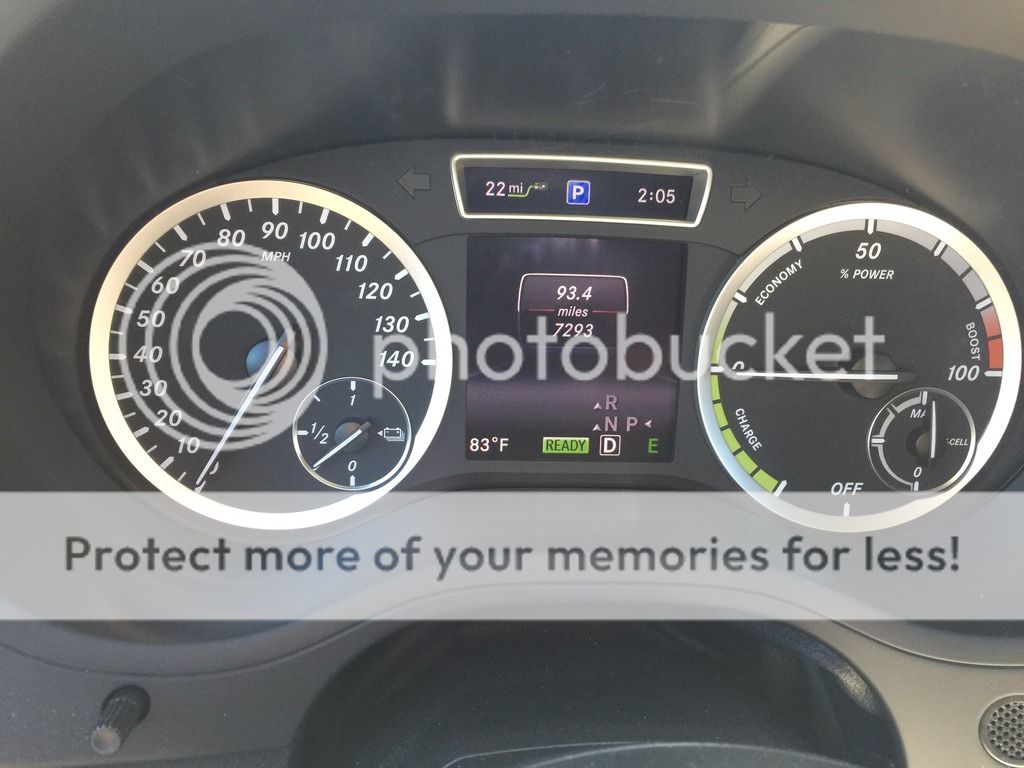I started off the morning driving from San Jose to Monterey. It was 72 miles, and I had 59 on the range. I'd previously seen the mileage being "underrated" so I said I'd go for it.
I made it to a Walgreens with a j1772 with 10 miles remaining on the range! Very surprised to see that I traveled an actual 72 miles with a 49 mile drop in range. Not ideal, but I'll take the conservative outlook.
On the way back, however... After 3 hours, the car charged from 10 miles back up to 55. I hit the road hoping for the same underrated range. I was off by 22 miles, had to stop at a Ford dealer and charge, which pissed off a couple employees. I got back to my destination with 1 mile left on the range.
I wasn't able to fully charge either way, or use the extended range, but wanted to see if you guys had the same funky range estimates and behavior that I experienced today.
I made it to a Walgreens with a j1772 with 10 miles remaining on the range! Very surprised to see that I traveled an actual 72 miles with a 49 mile drop in range. Not ideal, but I'll take the conservative outlook.
On the way back, however... After 3 hours, the car charged from 10 miles back up to 55. I hit the road hoping for the same underrated range. I was off by 22 miles, had to stop at a Ford dealer and charge, which pissed off a couple employees. I got back to my destination with 1 mile left on the range.
I wasn't able to fully charge either way, or use the extended range, but wanted to see if you guys had the same funky range estimates and behavior that I experienced today.

